Table of Contents
ToggleFluoride use strengthens tooth enamel. It reduces the risk of decay. The effect increases with the correct dosage; with excessive dosage, the benefit decreases. Therefore, it is necessary to proceed consciously. Products used at home are important. Toothpaste, mouthwash, and gel should be chosen correctly. The label should be read, and the ppm value should be checked. Separate rules apply for children; the amount should be adjusted according to age. Oral health history is also taken into account. Needs vary for those undergoing orthodontic treatment. The plan is personalized during pregnancy and breastfeeding. Getting approval from the dentist provides reassurance. In short, fluoride use is safe with the right strategy. Regular check-ups and the right product selection determine the outcome.
What is fluoride use? Mechanism of action
Fluoride use creates a protective layer on the enamel surface. It buffers acid attacks. It slows mineral loss. It helps rebind lost minerals. It limits acid production by plaque bacteria. This effect requires consistency in daily care. Morning and evening application is ideal. Not rinsing with water for a long time after brushing enhances the effect. It should not be swallowed; this rule is critical, especially in children. Product form affects effectiveness. Varnish and gel provide intensive protection in the clinic. Toothpaste and mouthwash support the routine at home. A personalized plan increases success.
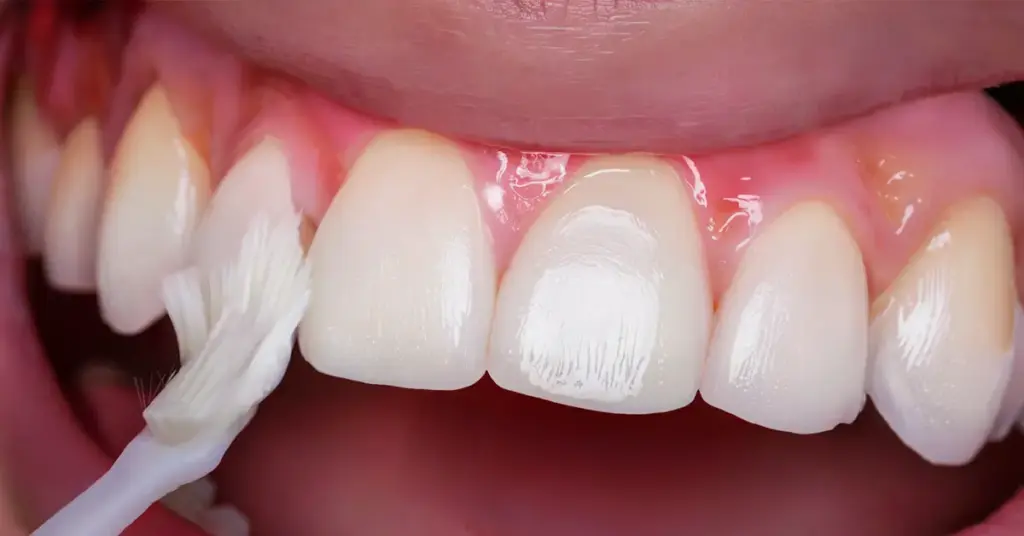
• Protection mechanism: remineralization and acid suppression
• Area of application: home care + clinical support
• Goal: to reduce the risk of decay
The correct dosage range for fluoride use
Fluoride use makes sense in terms of dosage. Toothpaste is measured in ppm. 1350–1500 ppm is common in adults. More intensive products may be recommended for those at high risk of decay. In children, the amount should not exceed a pea-sized amount; for younger children, it should be rice-sized. Low concentration is preferred for mouthwash; once a day is sufficient for most people. Gel and varnish are planned under dental supervision. Overuse does not provide additional benefit. Reading labels is key to safety. Sweeteners and flavors should also be checked. The appropriate form is selected for sensitive teeth.
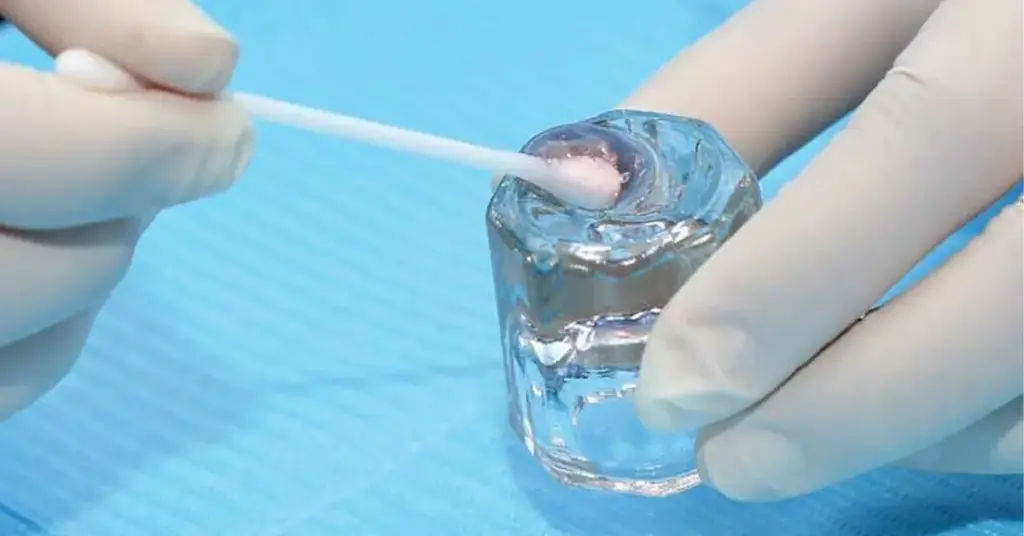
• Toothpaste: ppm value and amount are critical
• Mouthwash: low dose, regular use
• Clinical products: high dose according to protocol
Fluoride use: Recommendations by age
Fluoride use varies with age. It is started with the first tooth in infants; a rice grain-sized amount of toothpaste is sufficient. A pea-sized amount is appropriate for school-age children. The adult level is reached in adolescence. Risk increases with orthodontic braces; in this case, gel or mouthwash is added. The 1500 ppm standard is safe for adults. Support may be needed for those with dry mouth. Root caries are common in older individuals; more intensive products may be considered. The area around dentures should not be overlooked. Regular dental check-ups clarify the dosage. Habits also affect the plan.
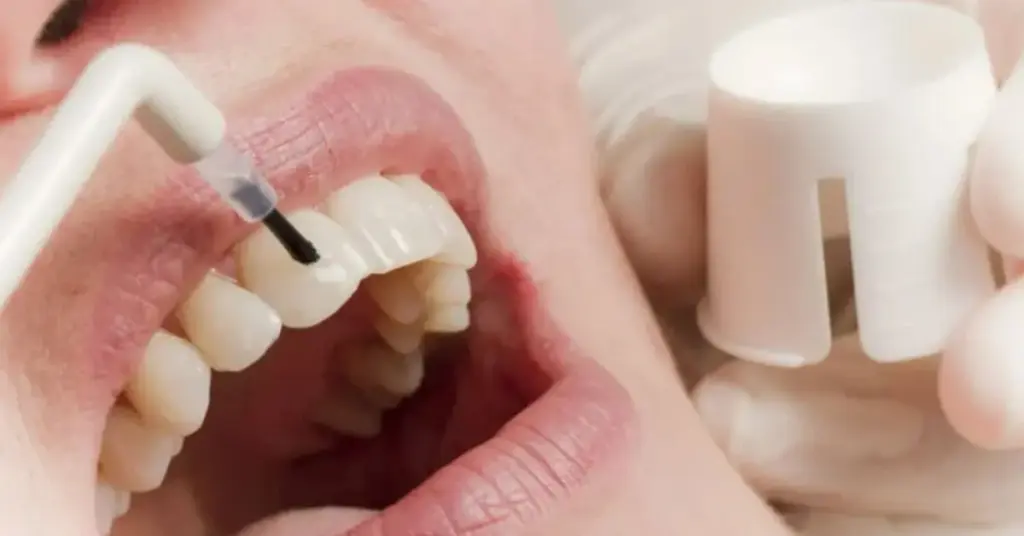
• 0–3 years: grain of rice, parental supervision required
• 3–6 years: pea-sized amount, spitting training
• 6+ years and adults: label + routine check
Fluoride use and safety: Side effects and risk management
Fluoride use is safe when done correctly. The main risk is swallowing. It is important to teach children not to swallow the toothpaste. Excessive swallowing increases the risk of fluorosis; therefore, the amount is closely monitored. Lids on household products must be childproof. Young children should not use mouthwash. Standard care continues during pregnancy; however, additional doses are given with a doctor’s approval. Those with kidney problems should consult a doctor. Those with stomach sensitivity may prefer paste over gel. If allergy is suspected, the product is changed; all symptoms are recorded.
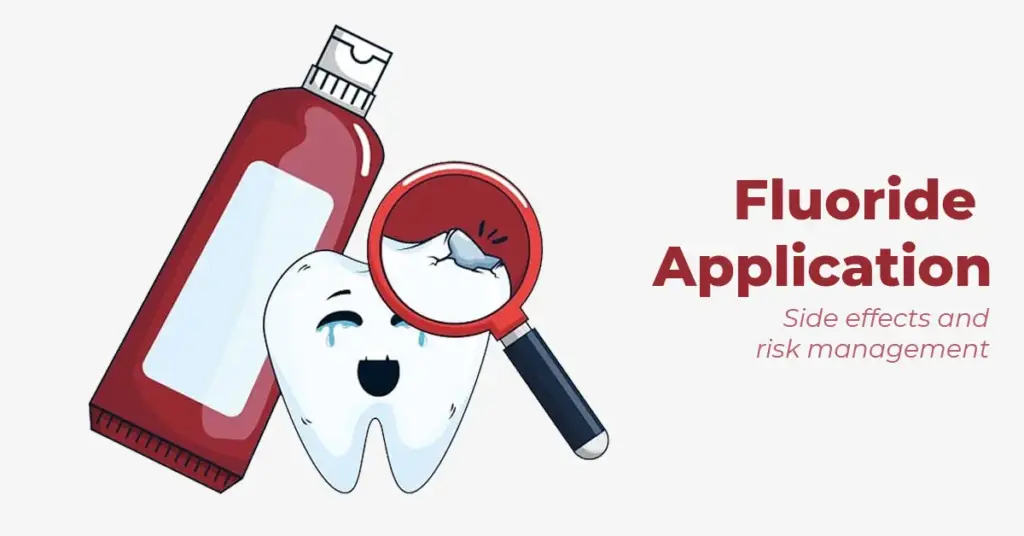
• Risk reduction: correct measurement, parental supervision
• Warning signs: nausea, dull/white spots on teeth
• Solution: dose reduction, product change, doctor’s supervision
Fluoride use: Product selection and label reading
Fluoride use requires understanding the product label. The ppm value is the first thing to look at; 1350–1500 ppm is suitable for most adults. The value is lower in children’s products. SLS, flavorings, and sweeteners are noted in the ingredients. Formulas containing potassium nitrate may be considered for sensitivity. Whitening agents may not be suitable for everyone. The abrasiveness value (RDA) should be balanced. The tube cap should be child-resistant. The alcohol content in mouthwash is checked. Gels and varnishes are subject to clinical protocols. Compatibility and regular use determine the outcome.
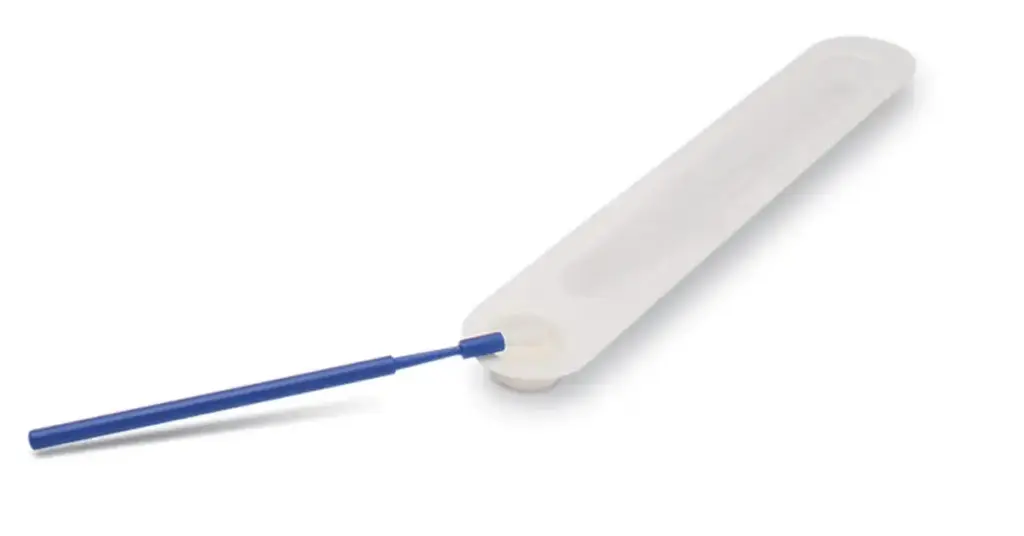
• Label order: ppm → ingredients → RDA → instructions for use
• Form selection: paste, mouthwash, gel, varnish
• Additional criteria: taste preference, budget, availability
Fluoride use: Daily routine and common mistakes
Fluoride use becomes permanent with a routine. Teeth are brushed twice a day; nighttime application is not skipped. Do not rinse with water for a long time after brushing; spitting out a small amount preserves the effect. It is beneficial not to use mouthwash immediately after toothpaste; spreading the time throughout the day is more effective. Nutrition is also part of the plan; frequent sugar attacks are reduced, water is preferred for snacks. Clinical check-ups are appropriate twice a year. New products are purchased before the old ones run out; keeping a list ensures continuity.
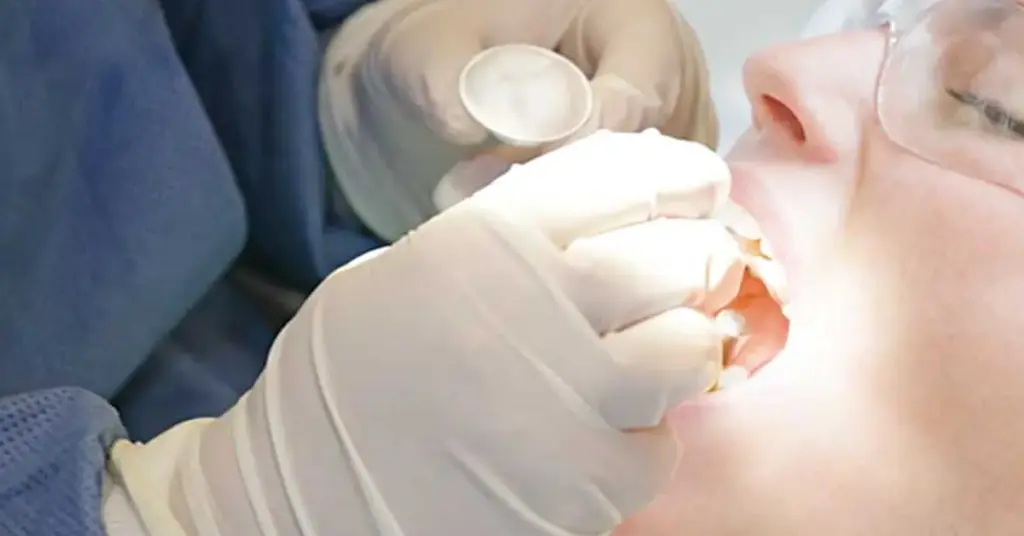
• Common mistakes: using too much paste, vigorous brushing, swallowing
• Tips: timer, travel-sized product, reminder
• Check: dosage update with doctor’s advice

